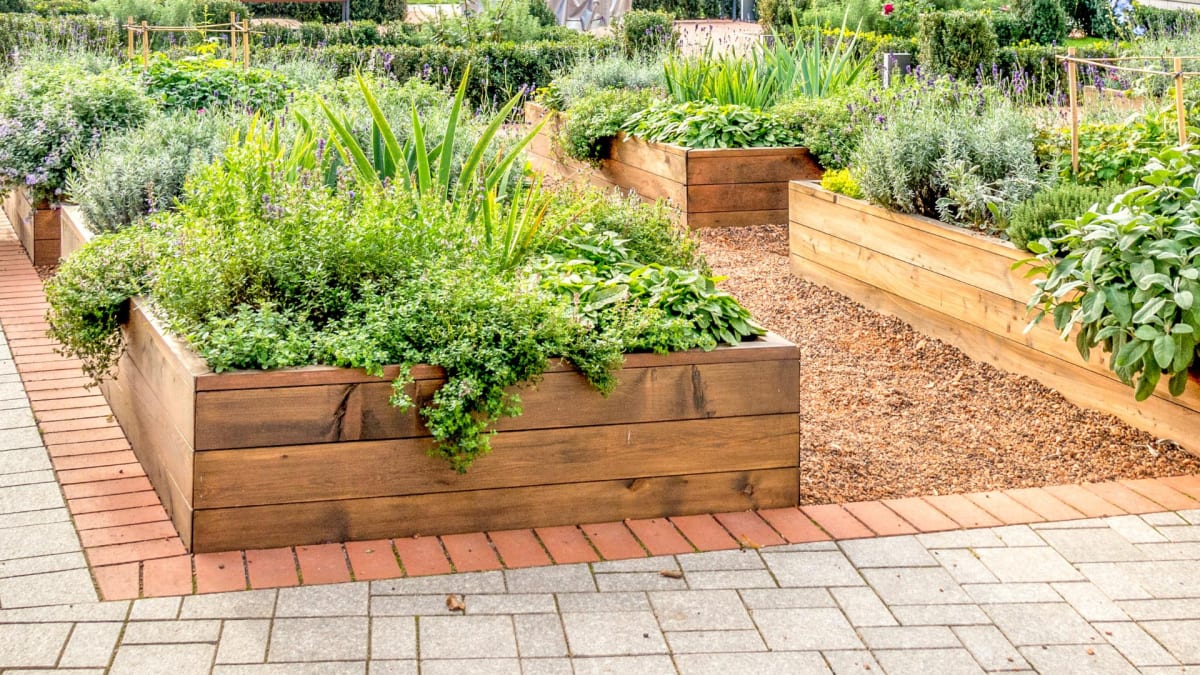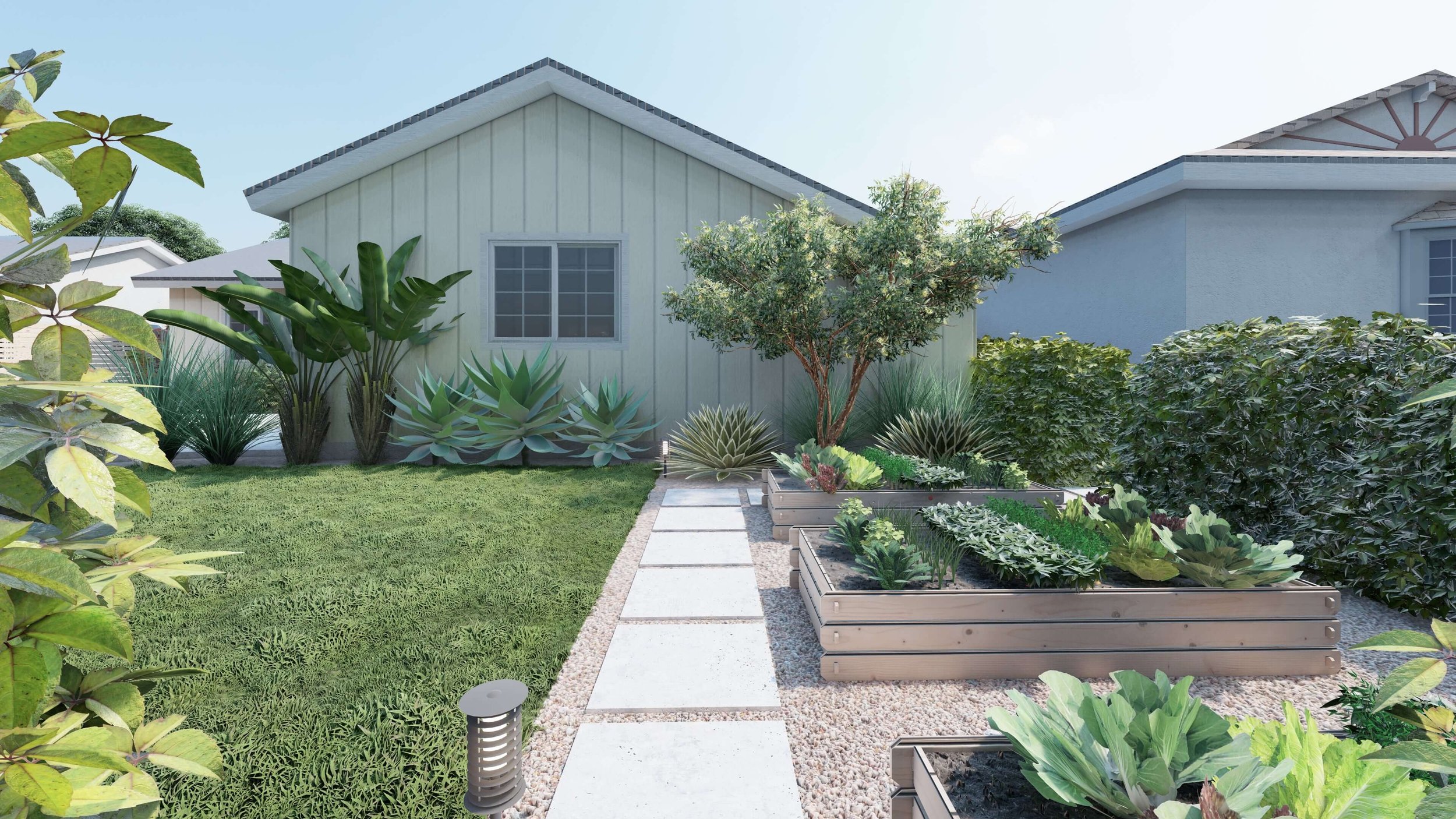How To Space Your Raised Beds For Maximum Yield
How to Space Your Raised Beds for Maximum Yield
Raised beds are a great way to grow vegetables, herbs, and flowers. They offer many benefits over traditional gardening methods, such as improved drainage, better soil aeration, and increased yields.
One of the most important factors in successful raised bed gardening is proper spacing. If your plants are too close together, they will compete for water, nutrients, and sunlight. This can lead to stunted growth, poor yields, and even plant death.
On the other hand, if your plants are too far apart, you will waste valuable space. This can be especially costly if you are growing high-value crops, such as tomatoes or peppers.
So, how do you find the perfect spacing for your raised beds? Here are a few things to consider:
- The size of the plants. Some plants, such as tomatoes and peppers, need more space than others. Be sure to check the plant spacing recommendations for the specific varieties you are growing.
- The growth habit of the plants. Some plants, such as bush beans and lettuce, grow upright. Others, such as tomatoes and squash, spread out. Be sure to take the growth habit of your plants into account when spacing them.
- The amount of sunlight the plants need. Some plants, such as tomatoes and peppers, need full sun. Others, such as lettuce and spinach, can tolerate partial shade. Be sure to space your plants so that they all get the amount of sunlight they need.
- The amount of water the plants need. Some plants, such as tomatoes and peppers, need a lot of water. Others, such as lettuce and spinach, can tolerate drier conditions. Be sure to space your plants so that they can all get the amount of water they need.
Once you have considered all of these factors, you can start to determine the optimal spacing for your raised beds. A good rule of thumb is to space plants at least 12 inches apart. However, you may need to adjust this spacing depending on the specific plants you are growing.
For example, if you are growing bush beans, you can space them closer together, at about 6 inches apart. However, if you are growing tomatoes, you will need to space them further apart, at about 24 inches apart.
Here is a table that provides some general spacing recommendations for different types of plants:
| Plant | Spacing |
|---|---|
| Bush beans | 6 inches apart |
| Carrots | 2 inches apart |
| Lettuce | 6 inches apart |
| Melons | 3 feet apart |
| Peppers | 18 inches apart |
| Potatoes | 12 inches apart |
| Tomatoes | 24 inches apart |
Of course, these are just general guidelines. The best way to determine the optimal spacing for your raised beds is to experiment and see what works best for you.
Are you planning to build a raised bed garden? If so, you'll need to consider the spacing between your plants. The right spacing will help your plants grow to their full potential and prevent them from competing for resources.
There are a few factors to consider when determining the spacing between your plants. The size of the plants, the type of plants, and the amount of sunlight they receive will all play a role.
For example, tall plants like tomatoes and peppers need more space than shorter plants like lettuce and spinach. And plants that need full sun will need more space than plants that can tolerate partial shade.
If you're not sure how much space to leave between your plants, a good rule of thumb is to start with 18 inches. You can always adjust the spacing as needed once your plants start growing.
To learn more about raised bed spacing, I recommend visiting Garden Wiki. This website has a wealth of information on all aspects of raised bed gardening, including spacing.
FAQ of raised bed spacing
Q: How far apart should raised beds be spaced?
A: Raised beds should be spaced at least 3 feet apart, but 4 feet is even better. This allows enough space for plants to grow and for you to walk between the beds comfortably. If you have a small space, you can space the beds closer together, but be sure to leave enough room for you to reach all of the plants.
Q: What factors should I consider when spacing raised beds?
A: There are a few factors you should consider when spacing raised beds, including:
- The size of your raised beds. Larger beds will need more space between them than smaller beds.
- The type of plants you are growing. Some plants, such as tomatoes, need more space than others.
- The amount of sunlight your raised beds get. If your beds get a lot of sunlight, you may need to space them closer together to prevent the plants from getting too tall.
Q: How do I determine the correct spacing for my raised beds?
A: The best way to determine the correct spacing for your raised beds is to consult a planting guide. Planting guides will list the recommended spacing for different types of plants. You can also find planting guides online or at your local nursery.
Q: What are the benefits of spacing raised beds properly?
A: There are several benefits to spacing raised beds properly, including:
- It allows plants to grow and thrive. When plants have enough space, they can grow to their full potential.
- It makes it easier to care for your plants. With enough space, you can easily reach all of your plants to water, weed, and harvest them.
- It prevents plant diseases. When plants are too close together, they can spread diseases to each other. By spacing your beds properly, you can help to prevent the spread of plant diseases.
Q: What are the consequences of not spacing raised beds properly?
A: If you do not space your raised beds properly, there are a few consequences that you may experience, including:
- Poor plant growth. When plants do not have enough space, they may not grow to their full potential.
- Plant diseases. When plants are too close together, they can spread diseases to each other.
- Difficulty caring for your plants. If your beds are too close together, it may be difficult to reach all of your plants to water, weed, and harvest them.
Image of raised bed spacing
- Image 1: A raised bed with a path of about 12 inches between it and the next bed. This is a good minimum width for paths, as it allows you enough room to walk comfortably and access your plants.

- Image 2: A raised bed with a path of about 24 inches between it and the next bed. This is a wider path, which gives you more room to maneuver around your garden.

- Image 3: A raised bed with a curved path that winds its way through the garden. This is a creative way to add interest and visual appeal to your garden.

- Image 4: A raised bed with a combination of narrow and wide paths. This allows you to customize the width of the paths to fit your needs.

- Image 5: A raised bed with a raised walkway that runs through the middle of it. This is a great way to create a raised garden that is also wheelchair accessible.

Post a Comment for "How To Space Your Raised Beds For Maximum Yield"